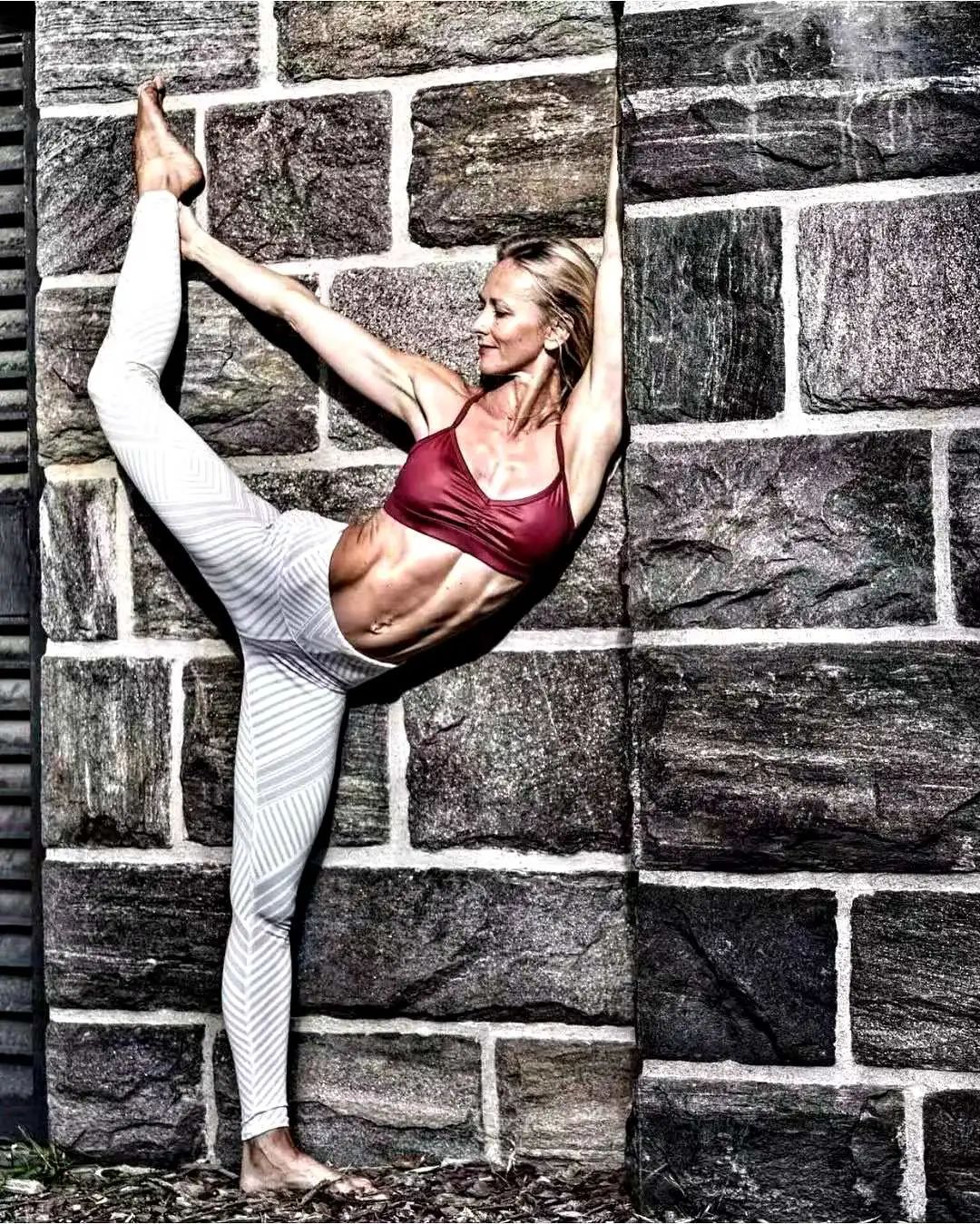When it comes to abdominal training, we usually think of six abdominal muscles.

But this is only one of them.

The benefits of having a strong core go far beyond these, from improving your balance and posture to relieving low back pain, which is why it is so important to exercise these muscles.

If you want to strengthen your core strength through yoga practice, you may notice that there is an area of your abdomen that is more difficult to exercise than other areas – the lower abdominal muscles.

Why? First, the “lower abdominal muscle” is not actually a muscle group.

What you see is actually the bottom of the rectus abdominis, extending from the ribs to the pubis.

This muscle works with its muscles, the internal oblique and external oblique, which are on both sides of the trunk, connected from the bottom of the chest to the top of the pelvis; And transverse abdominal muscles surround your stomach, extending from the sternum to the pubis – forming your core.

So if you want to strengthen your lower abdominal muscles, exercising these four muscles will help you achieve your goal.

In fact, many one leg yoga asanas and twist asanas activate all lower abdominal muscles because their main function is to keep the trunk straight or not to fall to one side in a balanced position.
7 yoga postures exercise your lower abdominal muscles in tree pose.
In this one leg standing posture, your trapezius muscle will be activated to keep your torso directly above your hips against the tendency to tilt to the raised legs.
The transverse abdominal muscle will also activate to minimize swing.
Half moon half moon is another one leg balance position that requires the full participation of the core to maintain physical stability.
The trapezius will work on the side of the raised leg to keep the iliac bone (or the wide ridge of the hip) level with your shoulder, rather than flexing to the floor, activating the transverse abdominal muscle to round your pelvis.
Place your lowered hand on a yoga brick to support your body – it’s also difficult to maintain stability, but it can protect your hamstrings and trapezius from over stretching.
Warrior III in Warrior III, the transverse abdominal muscle stabilizes the trunk and spine, while the trapezius muscle is used to keep the hips on the standing legs.
The rectus abdominis muscle of the pubis forms a sheath to hold the trunk to keep the trunk balanced.
The trapezius muscle runs across the back, and the upper shoulder blade pulls towards the lower back of the middle line of the body.
The trapezius muscle also plays a role in lifting both arms.
Side pose this pose ignites your entire core and involves all abdominal muscles to maintain a flat back, straight legs and a stable base.
Holding this position from knee to nose is an excellent exercise for the core.
Your transversus abdominis is committed to keeping your back straight, while retracting your pelvis forward, and the trapezius lifts your knees towards your face.
You can also increase strength by pushing the knee forward rather than holding it statically.
One leg bridge exercises your hips and lower abdominal muscles to strengthen and stabilize these key muscles.
Your gluteus maximus and transverse abdominal muscles pull your pelvis up and keep it flat, while the trapezius is activated to lift and maintain your leg while maintaining its stability.
Push the raised leg up to the ceiling in order to activate the transverse abdominal muscle more.
Boat pose this is the ultimate pose that combines strength and stability.
Boat style can make your whole core work to prevent you from falling, so increasing torsion requires high concentration to maintain stability.
Adjusting your breathing is essential to maintaining posture…

